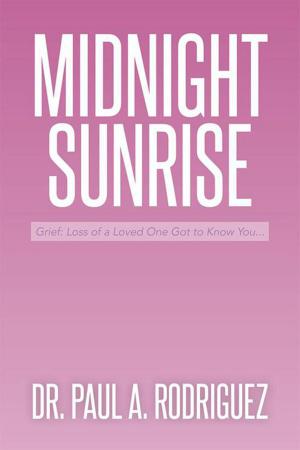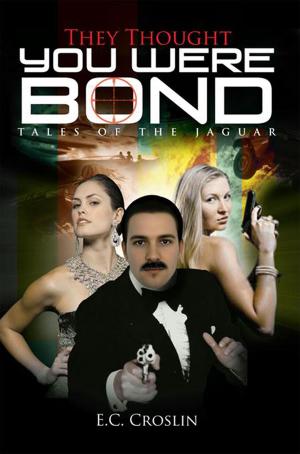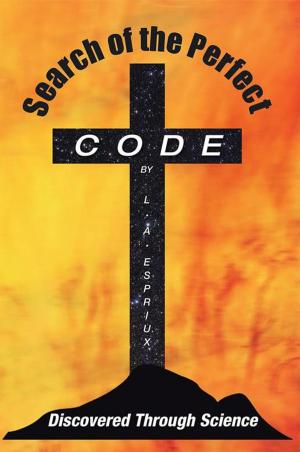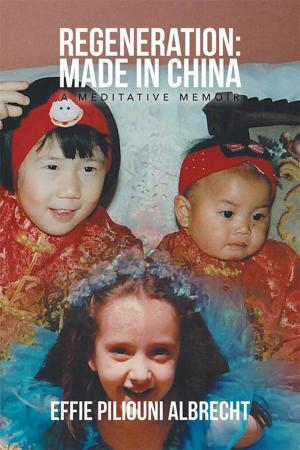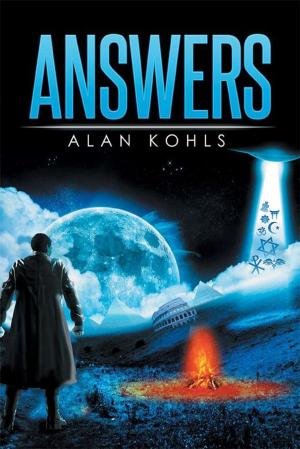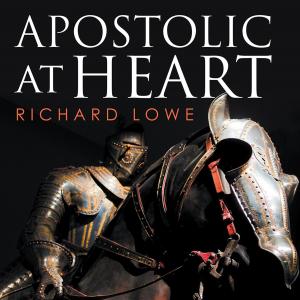Toward Peace
Truth Is the Agent That Mediates Harmony
Nonfiction, Religion & Spirituality, Philosophy| Author: | Lyle R. Strathman | ISBN: | 9781483622125 |
| Publisher: | Xlibris US | Publication: | May 15, 2013 |
| Imprint: | Xlibris US | Language: | English |
| Author: | Lyle R. Strathman |
| ISBN: | 9781483622125 |
| Publisher: | Xlibris US |
| Publication: | May 15, 2013 |
| Imprint: | Xlibris US |
| Language: | English |
Toward Peace proposes that truth is essential in all matters of social intercourse for humanity to progress on any meaningful path toward peace. The manuscript progresses from the notion that there is objective truth to the notion that the enactment of truth in human activity is essential for the establishment of peace, but it admits that human beings tend to wander between knowledge and ignorance and between a beneficent will and a concupiscent will. The manuscript explores, among other matters, the contemporary subjects of fundamentalism and laissez-faireism, individualism and collectivism, economics, evolution, abortion, education, and government from philosophical, scientific, religious, and artistic points of view. This is accomplished by interweaving philosophical ideas expressed by Plato and Aristotle with parables and aphorisms expressed by ancient Indian and Chinese wise men, with Judaic and Christian scripture, and with contemporary economic data and in vogue political notions. The book is organized into three distinct parts. Part I, Truth, articles 1 through 5, establishes the notion that there is objective truth, that humanity can, at least, partially know these truths, and that a foundation of truth is essential for the establishment of any meaningful path toward peace. It develops the notion that just as the laws of physics must correctly reflect the physical parameters that an object presents, so too civil laws must correctly reflect the human parameters that a human being presents. In other words, law must reflect that truth which a being presents of itself, itself. The finality of this part suggests that truthful enactments by humanity are acts of love that pave the way toward peace. Article 1 is a short dissertation on human discord. It denotes that since the age of reason, there has been an emerging notion that majority rule democracy coupled with humanitys technical prowess would lead toward peace, but which history has shown not to be the case. Article 2 establishes the accepted idea that there is a realitythere is real beingbut also that human beings are limited in their ability to acquire complete knowledge of such reality. Article 3 establishes the idea that there is truth in every being, in every object: there is objective truth. The article presents the notion that objective truth presents itself as the nature of a thing in complete correspondence with its substance; objective truth is the nature of a thingits actin agreement with its substancethat which it is. It also presents the notion that human beings come to know an object by that nature which the object presents of itself; subjective truth devolves from objective truth. Article 4 advances the idea that laws are humanly contrived statements derived from the intrinsic truths in the beings to which they refer or relate; true laws may not violate the intrinsic truths in the beings to which they refer or relate. Article 5 proposes the idea that a love of truth and its compliment, the enactment and application of true laws, are precursors to the path leading toward peace. Part II, Contentions, articles 6 through 11, offers commentaries on some of the more contentious matters that cause social conflict in the contemporary world. The specific topics were chosen to show that truth is often marginalized or mutilated and even ignored or rejected during the course of humanitys search for answers in matters of social concern. Article 6 is a dissertation on fundamentalism and laissez-faireism and shows how each leads toward social discord. Fundamentalism rejects those truths that fall outside its pre-ordained dictum while laissez-faireism simply rejects truths not of its choice. Article 7 is a study of the human social composition, including a logical diagram, which analyses human fortune, intellect, free will, and physical condition. It develops the notion that because of human frailty and finitude, majority opinion and majority-rule a
Toward Peace proposes that truth is essential in all matters of social intercourse for humanity to progress on any meaningful path toward peace. The manuscript progresses from the notion that there is objective truth to the notion that the enactment of truth in human activity is essential for the establishment of peace, but it admits that human beings tend to wander between knowledge and ignorance and between a beneficent will and a concupiscent will. The manuscript explores, among other matters, the contemporary subjects of fundamentalism and laissez-faireism, individualism and collectivism, economics, evolution, abortion, education, and government from philosophical, scientific, religious, and artistic points of view. This is accomplished by interweaving philosophical ideas expressed by Plato and Aristotle with parables and aphorisms expressed by ancient Indian and Chinese wise men, with Judaic and Christian scripture, and with contemporary economic data and in vogue political notions. The book is organized into three distinct parts. Part I, Truth, articles 1 through 5, establishes the notion that there is objective truth, that humanity can, at least, partially know these truths, and that a foundation of truth is essential for the establishment of any meaningful path toward peace. It develops the notion that just as the laws of physics must correctly reflect the physical parameters that an object presents, so too civil laws must correctly reflect the human parameters that a human being presents. In other words, law must reflect that truth which a being presents of itself, itself. The finality of this part suggests that truthful enactments by humanity are acts of love that pave the way toward peace. Article 1 is a short dissertation on human discord. It denotes that since the age of reason, there has been an emerging notion that majority rule democracy coupled with humanitys technical prowess would lead toward peace, but which history has shown not to be the case. Article 2 establishes the accepted idea that there is a realitythere is real beingbut also that human beings are limited in their ability to acquire complete knowledge of such reality. Article 3 establishes the idea that there is truth in every being, in every object: there is objective truth. The article presents the notion that objective truth presents itself as the nature of a thing in complete correspondence with its substance; objective truth is the nature of a thingits actin agreement with its substancethat which it is. It also presents the notion that human beings come to know an object by that nature which the object presents of itself; subjective truth devolves from objective truth. Article 4 advances the idea that laws are humanly contrived statements derived from the intrinsic truths in the beings to which they refer or relate; true laws may not violate the intrinsic truths in the beings to which they refer or relate. Article 5 proposes the idea that a love of truth and its compliment, the enactment and application of true laws, are precursors to the path leading toward peace. Part II, Contentions, articles 6 through 11, offers commentaries on some of the more contentious matters that cause social conflict in the contemporary world. The specific topics were chosen to show that truth is often marginalized or mutilated and even ignored or rejected during the course of humanitys search for answers in matters of social concern. Article 6 is a dissertation on fundamentalism and laissez-faireism and shows how each leads toward social discord. Fundamentalism rejects those truths that fall outside its pre-ordained dictum while laissez-faireism simply rejects truths not of its choice. Article 7 is a study of the human social composition, including a logical diagram, which analyses human fortune, intellect, free will, and physical condition. It develops the notion that because of human frailty and finitude, majority opinion and majority-rule a




